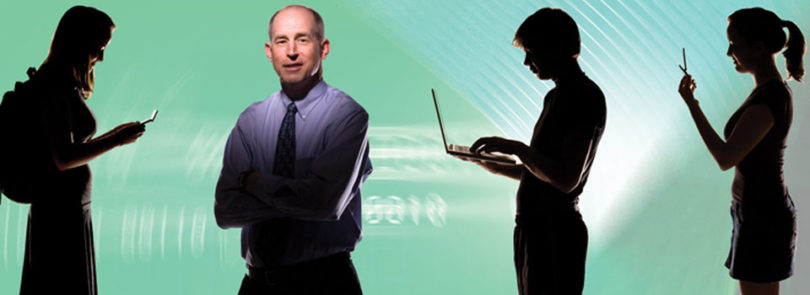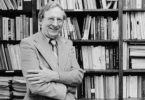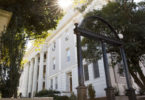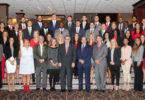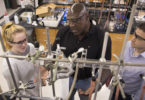Ben Franklin, Thomas Edison, Steve Jobs and … professors at UGA? Many people don’t know it, but some of the same faculty members who educate the next generation of Georgia’s leaders are also prolific inventors.
UGA is one of the top universities in the nation when it comes to licensing faculty inventions and discoveries. The UGA Research Foundation Inc., a non-profit organization created 30 years ago to support the university’s research mission, earned nearly $24 million in licensing revenue in 2008 alone.
Much of that revenue plants the seeds for tomorrow’s discoveries and innovations. The first $10,000 of net revenue goes to the inventor, and additional funds are distributed so that the inventor receives 25 percent, the inventor’s research program receives 10 percent and the inventor’s department or unit receives 10 percent. The remaining 55 percent goes to UGARF, which supports promising faculty members and their research projects.
UGARF has more than 700 active patents in fields as diverse as agriculture, biotechnology and engineering. Among them are:
• Joy Doran Peterson, director of the university’s Biofuels, Biopower and Biomaterials Initiative, who is researching more efficient ways to produce ethanol. Working with former graduate student Sarah Kate Brandon and Professor Mike Eiteman, Peterson has developed a process that dramatically increases the amount of ethanol that refineries can produce from non-food plants such as switchgrass, corn stalks and even yard clippings. The team has developed a similar process for pine and other wood, which is especially important to Georgia’s $18.5 billion forestry industry.
• Scott Shamp, director of UGA’s New Media Institute, who with students in 2002 created and patented a “cloud in a box” technology to facilitate communication within a wireless zone. A business district that offers wireless Internet access, for example, could provide a listing of shops and restaurants or even alert users to sales or lunch specials for that day. If the user is not logged on to his or her computer, the system can push messages or ads to their cell phone. Shamp has three additional patents pending.
• Scott NeSmith, professor of horticulture, who has created six patented blueberry varieties, each the result of a 12-year selective breeding process. Among other things, he’s looking for berries that have just the right combination of sweetness, acidity and visual appeal for the consumer. With input from farmers, he also selects for bushes that are hearty and produce plenty of fruit that can be easily harvested and withstand shipping.


